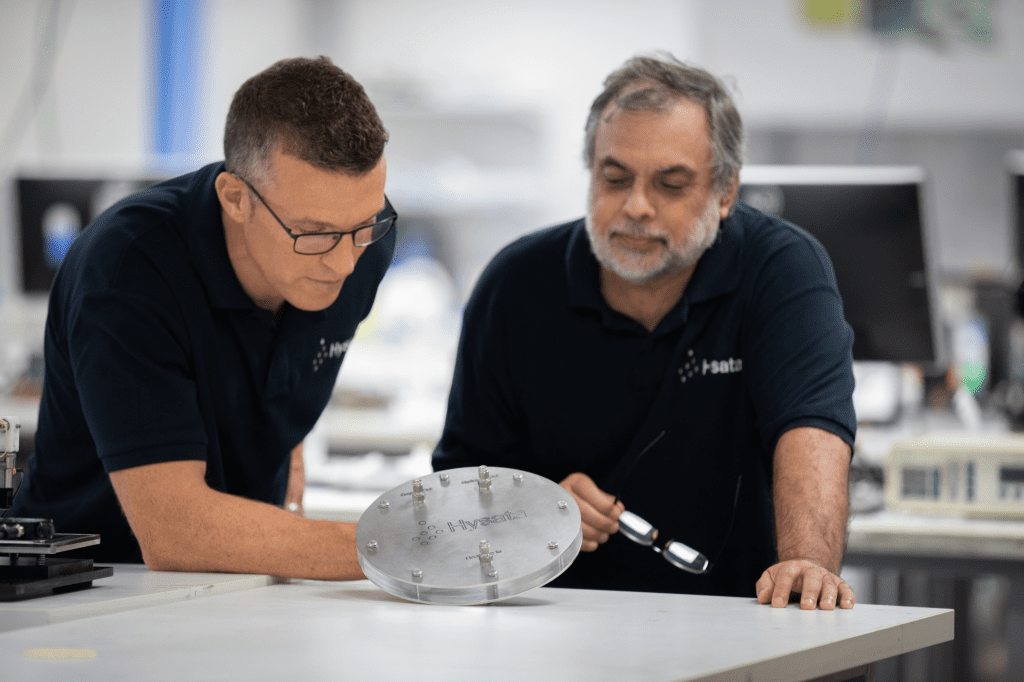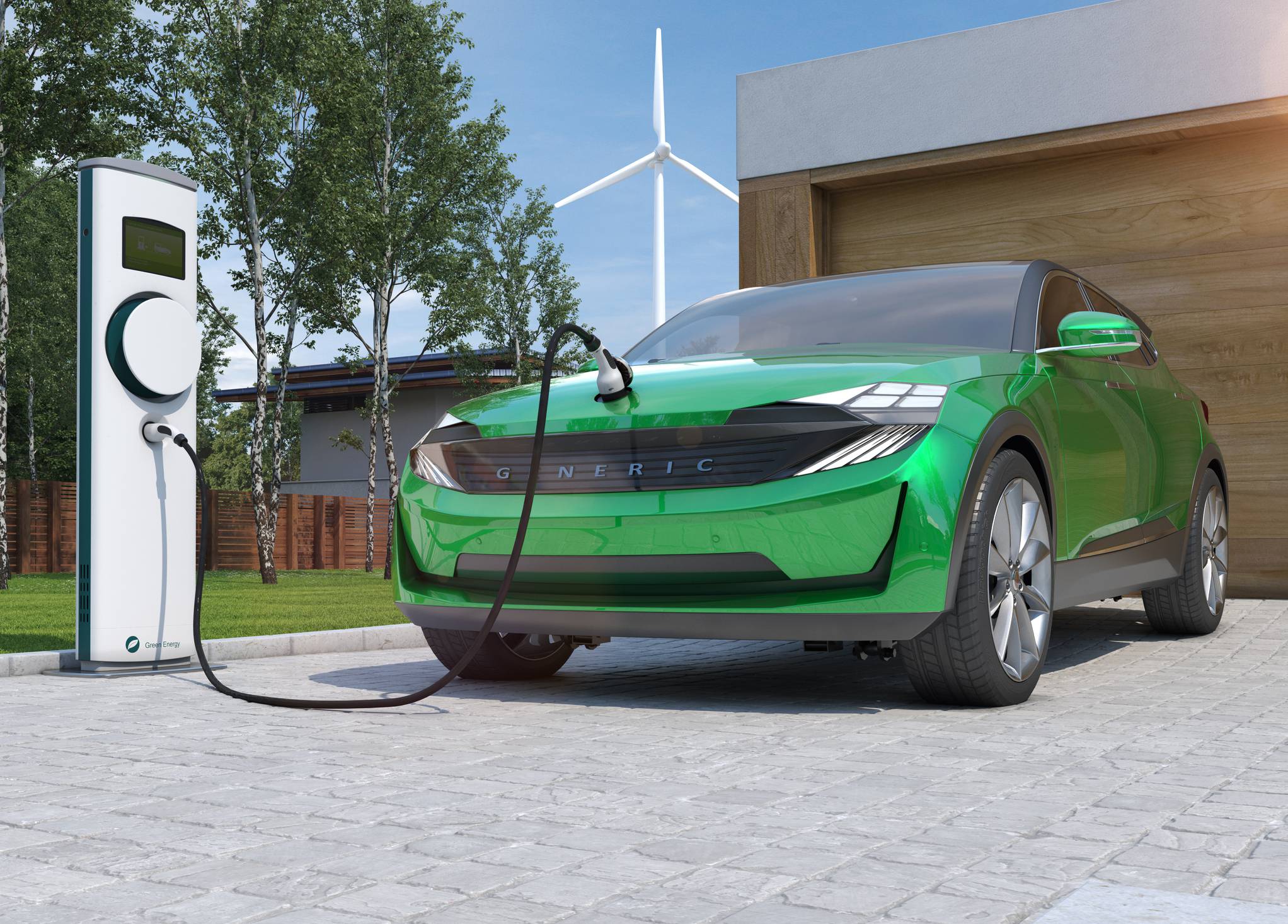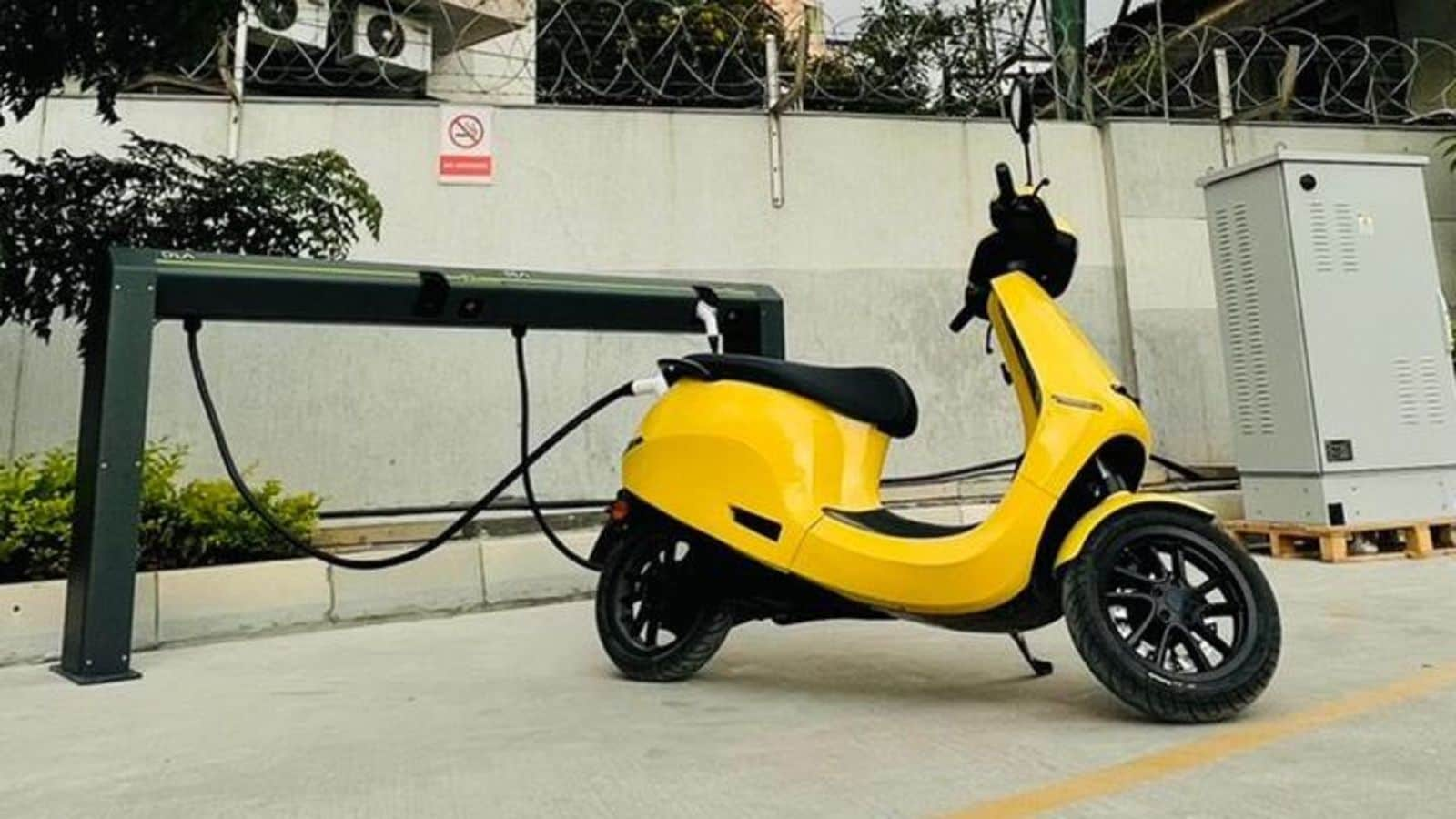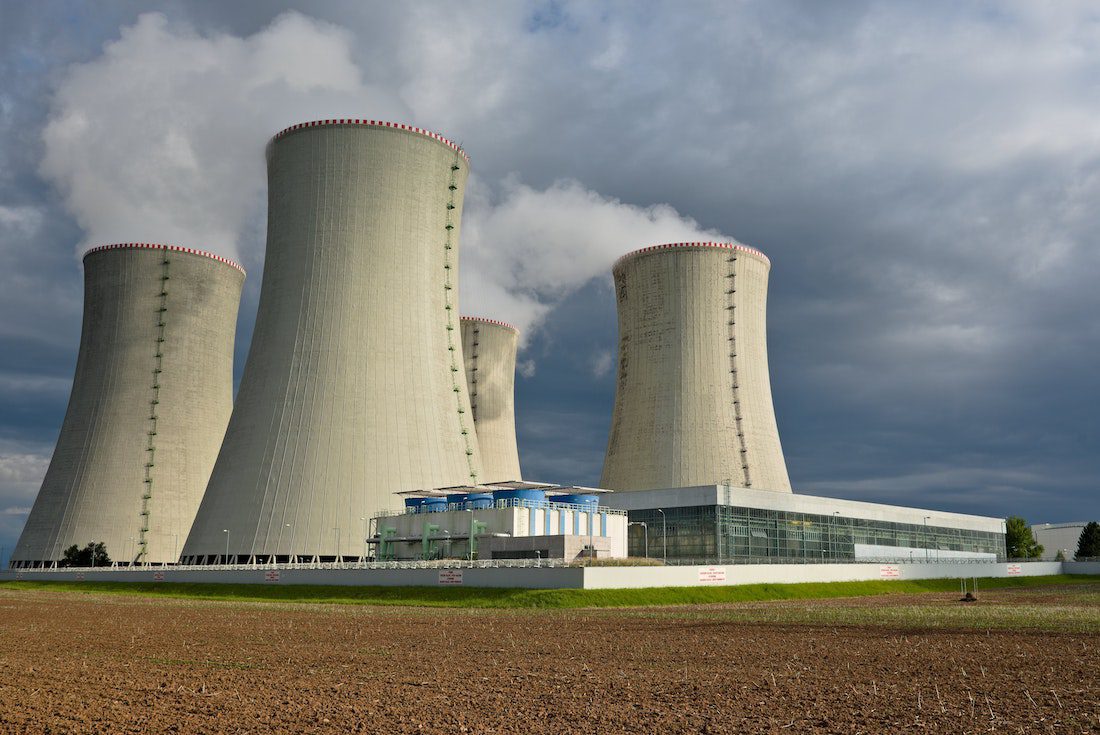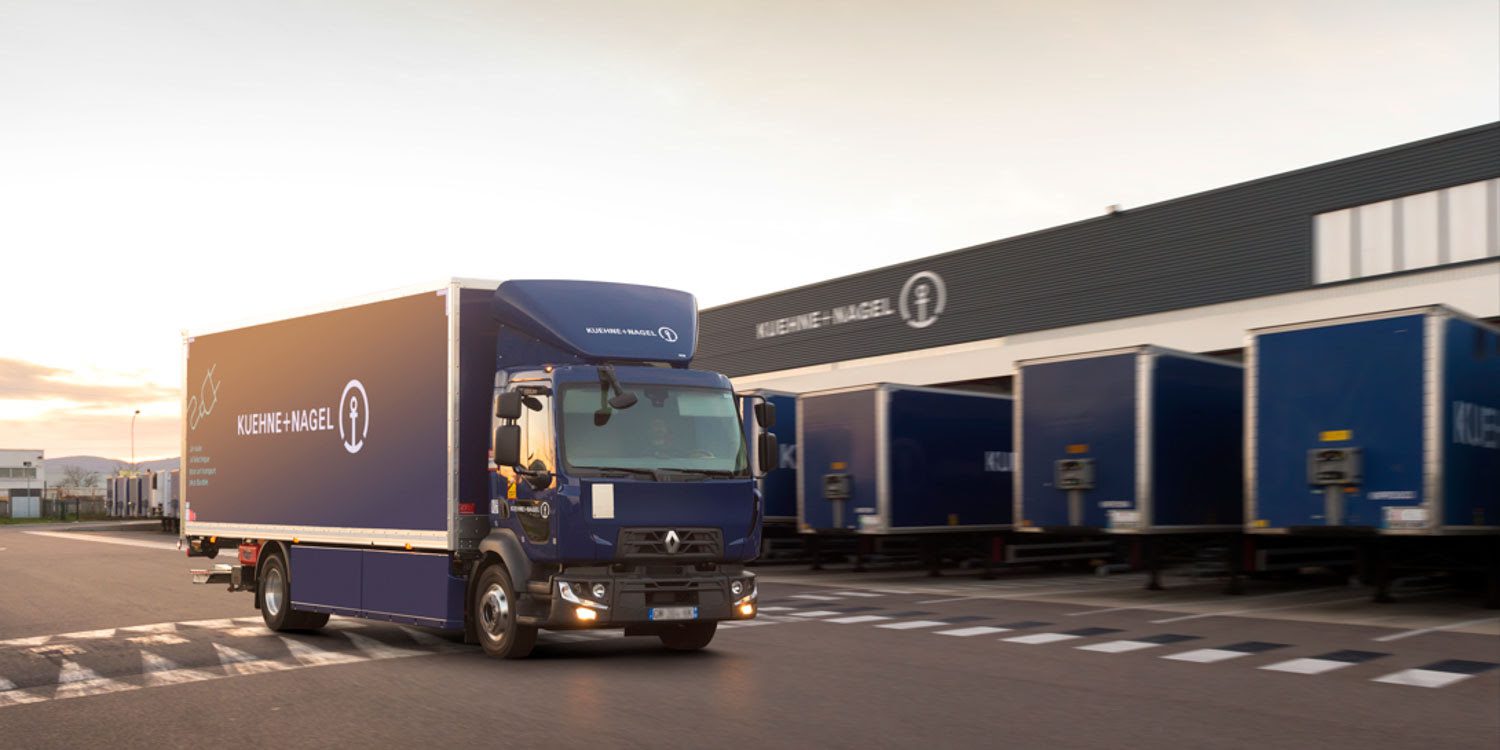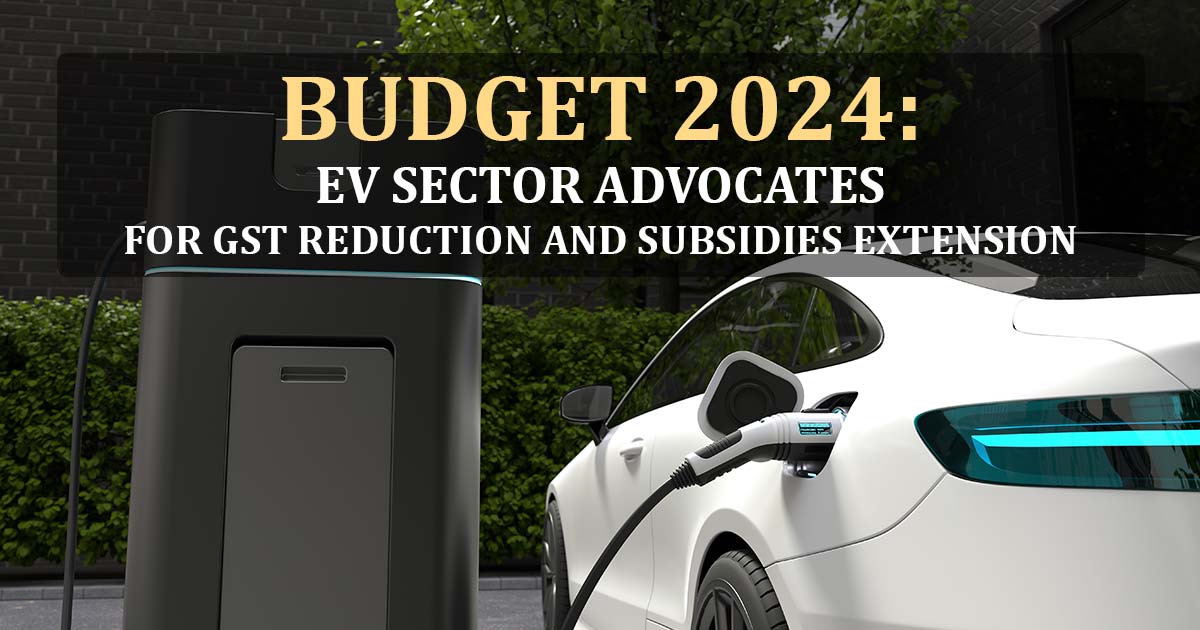Table of Contents
Introduction to Hysata’s Breakthrough in Hydrogen Efficiency
Hysata, a pioneering company based in New South Wales, has made waves in the renewable energy sector with its groundbreaking advancement in hydrogen production technology. The company’s latest innovation is a next-generation electrolyzer that achieves an unprecedented 95% efficiency, setting a new standard in the industry. This breakthrough comes at a critical time as the world increasingly shifts towards sustainable energy solutions to combat climate change. Hydrogen, often regarded as a key component of a clean energy future, can now be produced more efficiently than ever before, thanks to Hysata’s cutting-edge technology.

The 95% efficiency of Hysata’s electrolyzer represents a significant leap forward in the quest for green hydrogen, which can be produced using renewable energy sources like wind and solar power. Traditional electrolyzers typically operate at lower efficiencies, making the process more costly and less viable for large-scale energy production. By drastically improving efficiency, Hysata’s electrolyzers make hydrogen production more cost-effective and scalable, paving the way for cleaner and more sustainable energy solutions worldwide. This innovation not only strengthens the case for hydrogen as a vital energy source but also positions Hysata as a leader in the future of clean energy technology.
Hysata Securing Series B Funding for Global Expansion
Following the remarkable achievement of their 95% efficient electrolyzer, Hysata successfully secured Series B funding, marking a pivotal moment in the company’s growth. This financial boost enables Hysata to accelerate its efforts in scaling up the production of green hydrogen, a key component in the global transition to renewable energy. With this investment, the company can expand its technological capabilities, enhance manufacturing processes, and bring its innovative electrolyzers to a broader market. The funding also positions Hysata to play a critical role in addressing the increasing demand for sustainable energy solutions worldwide.
As the global energy landscape shifts toward sustainability, Hysata’s breakthrough in hydrogen production has the potential to transform industries and help reduce carbon emissions on a large scale. By producing green hydrogen more efficiently and cost-effectively, Hysata aims to meet the growing energy needs of various sectors, including transportation, manufacturing, and power generation. This strategic funding round supports the company’s vision of creating a cleaner, more resilient energy future, positioning Hysata at the forefront of the green hydrogen revolution.
The Need for Renewable Hydrogen Energy
As the global community moves away from carbon-emitting fossil fuels, the demand for reliable and sustainable energy solutions continues to rise. Hydrogen, produced through water electrolysis using renewable electricity, has emerged as a promising alternative to traditional energy sources. Unlike intermittent forms of energy such as wind and solar, hydrogen offers the unique ability to be stored and used on demand, providing a consistent and flexible energy solution. This makes hydrogen an ideal candidate for addressing the energy supply challenges posed by fluctuations in renewable power generation.
When produced using renewable energy, such as wind and solar, hydrogen becomes a completely clean fuel source, with no harmful emissions. By harnessing excess energy from renewable sources during periods of low demand, hydrogen can be stored and later utilized when energy is needed most, reducing reliance on fossil fuels and helping to stabilize the grid. This environmentally friendly production method not only supports the transition to a low-carbon future but also makes hydrogen a key player in the global shift toward cleaner, more resilient energy systems.
The International Energy Agency’s Endorsement
The International Energy Agency (IEA) advocates for the adoption of hydrogen as a key component of the global energy mix. Hydrogen’s potential applications extend beyond electricity generation to sectors like long-distance transportation and heavy industry, where it can significantly reduce carbon emissions.
Tackling Efficiency Challenges in Hydrogen Production
Hydrogen is widely regarded as an ideal clean fuel due to its ability to produce only water vapor as a byproduct when used, making it a highly attractive alternative to fossil fuels. However, traditional methods of hydrogen production, such as steam methane reforming and electrolysis, have faced significant challenges in terms of efficiency. These processes often require a substantial amount of energy and have been limited in their ability to scale while keeping costs low. Despite decades of research and technological development, advancements in hydrogen production have been incremental, with only gradual improvements in efficiency.
The slow pace of progress in traditional hydrogen production methods has hindered the widespread adoption of hydrogen as a mainstream energy source. While electrolysis, in particular, offers a cleaner path by using electricity to split water into hydrogen and oxygen, its energy efficiency has been a major bottleneck. Innovations like Hysata’s 95% efficient electrolyzer represent a breakthrough in this area, significantly improving hydrogen production efficiency and reducing costs. With these advancements, the potential for hydrogen to become a key pillar of the global clean energy transition is more achievable than ever.
Current Electrolyzer Efficiency Limits
Hysata’s website emphasizes a key issue with current hydrogen production methods: the best electrolyzers on the market today achieve only around 75% efficiency. This inefficiency becomes apparent when examining the energy consumption involved in producing hydrogen. To generate just one kilogram of hydrogen, these electrolyzers require about 52.5 kWh of energy. However, when the hydrogen is used, it only delivers 39.4 kWh of usable energy. This discrepancy underscores a significant inefficiency in the process, where a substantial amount of energy is lost in the conversion and production phases.
By addressing these inefficiencies, Hysata’s innovative electrolyzer technology, which boasts an impressive 95% efficiency, represents a major leap forward. With a more efficient process, hydrogen production becomes not only more environmentally friendly but also more economically viable, offering a greater return on energy investment. This breakthrough holds the potential to make green hydrogen a more competitive and scalable energy solution, ultimately accelerating the transition to sustainable, low-carbon energy systems.
Hysata’s 95% Efficiency Electrolyzer: A Game Changer
Hysata’s new electrolyzer design marks a major improvement, delivering 95% efficiency. This means only 41.5 kWh of energy is required to generate one kilogram of hydrogen, significantly reducing energy waste and enhancing overall system efficiency.
The Capillary-Fed Electrolyzer: Innovative Design
This achievement stems from research conducted at the University of Wollongong over two years ago. Researchers identified that conventional electrolyzers faced energy losses due to non-conductive bubbles adhering to the electrodes, which hindered the efficiency of the hydrogen production process.
Eliminating Bubbles with Capillary Action
The solution involved developing a capillary-fed electrolyzer design. In this setup, the electrolyte is placed at the bottom and drawn upwards through a separator, with electrodes positioned on either side. The inner side of the electrode contacts the electrolyte, while the outer side forms dry chambers for gas collection. This design minimizes resistance and uses capillary action to move the electrolyte, enhancing efficiency.
Laboratory Success and Real-World Application
Lab tests have shown that Hysata’s electrolyzer can achieve up to 98% efficiency under ideal conditions. However, in real-world applications, it consistently delivers a reliable 95% efficiency. This level of performance ensures that the electrolyzer can be effectively used for large-scale hydrogen production, making it a highly viable solution for practical energy needs. The efficiency translates into less energy wasted during the hydrogen production process, making green hydrogen more cost-effective and sustainable compared to traditional methods.
With this breakthrough, Hysata’s electrolyzer addresses one of the biggest challenges in the renewable energy sector—producing hydrogen at a scale and efficiency that is competitive with other energy sources. By maintaining high efficiency in real-world settings, Hysata’s technology paves the way for hydrogen to play a key role in the global transition to cleaner, renewable energy, positioning the company as a leader in the future of sustainable energy solutions.
Scaling Up Production for Global Impact
With this technological breakthrough, Hysata is now focused on scaling up its production capacity. Their electrolyzers, constructed using abundant earth materials, offer a highly modular solution that can be deployed to build gigawatt-scale hydrogen plants.
The Future of Green Hydrogen with Hysata
Hysata’s innovative electrolyzer technology represents a significant step forward in the quest for sustainable energy. By achieving unprecedented efficiency in hydrogen production, the company is poised to play a crucial role in the global transition to green energy, paving the way for a cleaner, more sustainable future.


